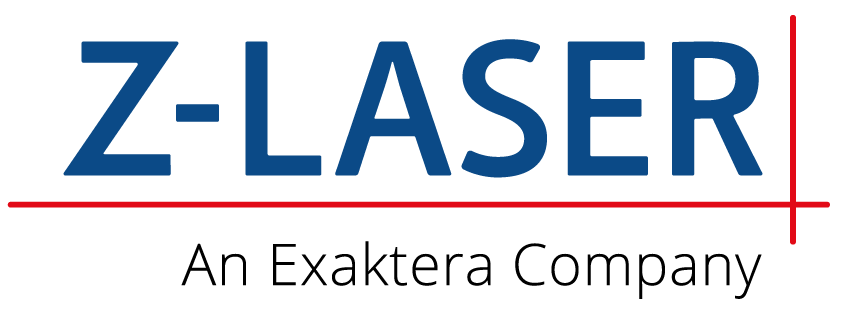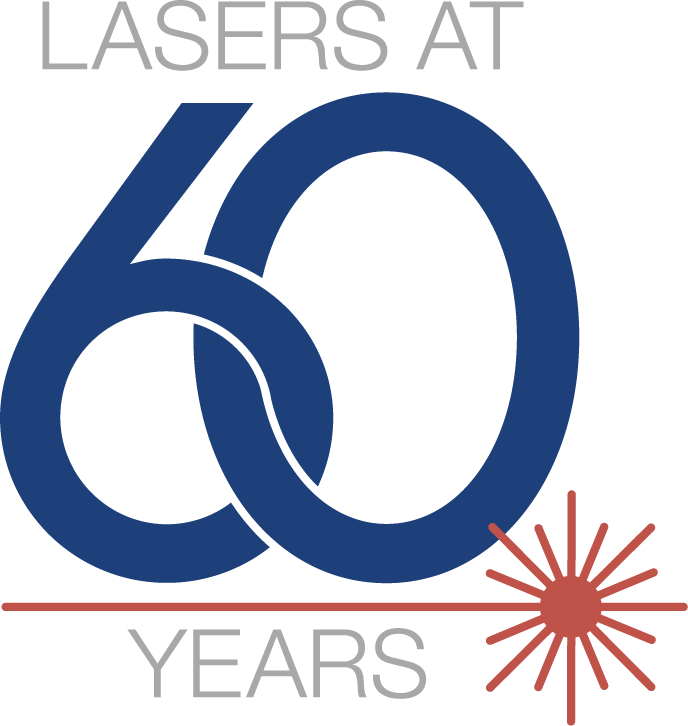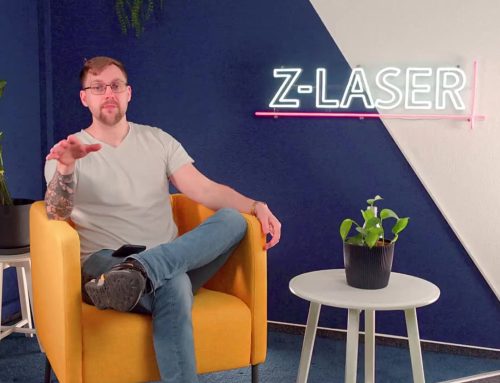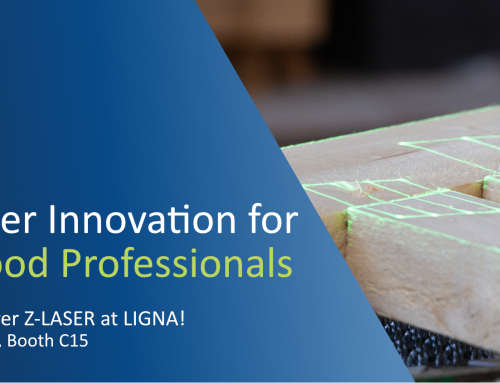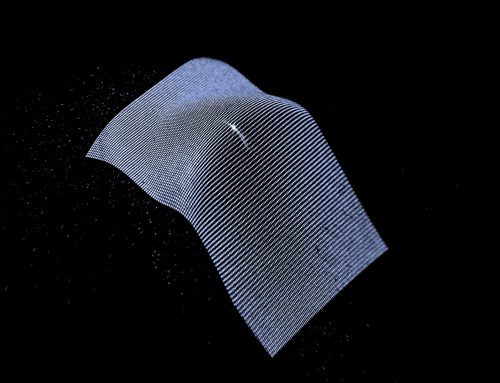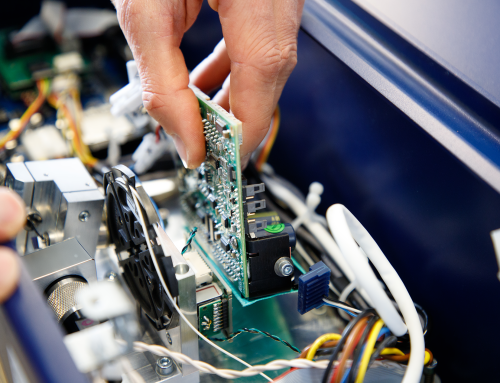Sixty years ago this month, Theodore H. Maiman, a physicist at Hughes Research Laboratories in Malibu, Calif., constructed the first laser using a cylinder of synthetic ruby and photographic flash lamps. There have been many milestones in the last six decades. In honor of this breakthrough, Photonics Media will be running periodic coverage throughout the month.
EMMETT WARREN, NEWS EDITOR
emmett.warren@photonics.com
MURRAY HILL, N.J., May 1, 2020 —
In May 1960, Theodore Maiman revealed to the world the first successful demonstration of a laser at Hughes Atomic Physical Department in Malibu, Calif. However, the landmark event was achieved due to the foundation set in place by a pair of Bell Labs researchers two years earlier.
Arthur L. Schawlow, a Bell Labs researcher, and Charles H. Townes, a consultant to Bell Labs, conceived of the laser while researching microwave spectroscopy, publishing their findings in 1958 as “Infrared and Optical Masers.” That paper, published in Physical Review, opened the door to endless possibilities in a new scientific field.
The following is based on an account written by Bell Labs, where Schawlow and Townes worked while they conducted their research.
To develop the maser, Schawlow’s proposed to arrange a set of mirrors, one at each end of a device’s cavity, to bounce the light back and forth with only one frequency, keeping the beams of light from bouncing in too many directions. In the fall of 1957, they began working out the principles of a device that could provide these shorter wavelengths.
After eight months of work, Schawlow and Townes applied for a patent through Bell Labs. They proposed that the principles of the maser (microwave amplification by stimulated emission of radiation) could be extended to the optical regions of the spectrum, and they were granted U.S. Patent #2,929,922.
In 1960, Schawlow and Townes received a patent for the invention of the laser, the same year a working laser was built by Maiman at Hughes Aircraft Co.
In 1964, Townes shared the Nobel Prize in physics with Alexander Prokhorov and Nikolay Basov of the Lebedev Institute in Moscow for “fundamental work in the field of quantum electronics which has led to the construction of oscillators and amplifiers based on the maser-laser principle.”
Author: Photonics.com
